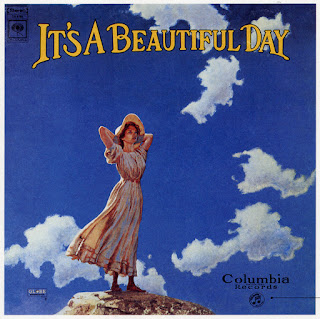Ohhhhhhhhhhhhhhhhh
Wham bam, thank you Ma’am!
David Bowie – whose real name was David Jones – got off to a very slow start as a musician.
He founded the Konrads when he was 15, then moved on to the King Bees, the Mannish Boys, the Lower Third, the Buzz, and Riot Squad – none of whom achieved any success.
To avoid being confused with Davy Jones of the Monks, he changed his name to David Bowie in 1967. (His decision to rename himself after the 19th-century American frontier hero, James Bowie – who popularized the Bowie knife and died at the Alamo – seems odd. Of course, pretty much everything about David Bowie seems odd.)
His eponymous debut album, which was released that year, sank without a trace. I’ve never heard it, but I’m told that it sounds nothing like his later music.
 |
| A very young David Bowie |
“Space Oddity,” which was released in the UK in 1969, was a top-five hit single there. But Bowie’s second album – which had the same David Bowie title as his first album – was not a success in either the UK or the U.S. (The album did better when it was re-released as Space Oddity in 1972, after the release of Ziggy Stardust.)
The next two albums – The Man Who Sold the World (1970) and Hunky Dory (1971) – did better, but it was Bowie’s next album, The Rise and Fall of Ziggy Stardust and the Spiders from Mars, that propelled him to superstardom.
* * * * *
Ziggy Stardust – who was supposedly an androgynous rock star from Mars – may have been conceived as a combination of Iggy Pop and Lou Reed. Or the character may have been inspired by Vince Taylor (an early-day British rock ’n’ roll singer who thought he was a cross between a god and an alien), the Legendary Stardust Cowboy (an outsider performer from Texas who got started playing psychobilly music in the sixties and still performs today), and/or Kansai Yamamoto (the Japanese designer who created Bowie’s stage costumes).
 |
It has several notable tracks – “Moonage Daydream” is a personal favorite – but “Suffragette City” is the ne plus ultra of Ziggy Stardust songs. I don’t know what the hell the point of the song is, but I love it to death.
If you ask me – and I’m the only one with a vote on the question – it clearly deserves to be in the 2 OR 3 LINES “GOLDEN DECADE” ALBUM TRACKS HALL OF FAME.
* * * * *
Did you know that Bowie originally offered “Suffragette City” to Mott the Hoople?
Bowie was a big fan of that band, which was close to breaking up in 1971. He persuaded them to stay together, and said they could record “Suffragette City” if they wanted to. (Ziggy Stardust had not yet been released.)
Mott turned down “Suffragette City,” but recorded another Bowie song – “All the Young Dudes” – which became their biggest hit.
“All the Young Dudes” is a great song, but it’s no “Suffragette City.”
Click here to listen to “Suffragette City.”
Click the link below to buy the song from Amazon:





























